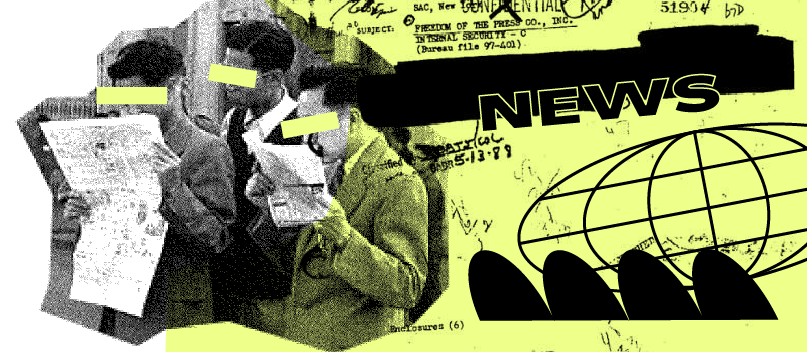Toxic workplaces get a lot of airtime too. While it can be really easy to tar your job as poisonous, if, for example, your manager is a bit tough and holds you to account, truly harmful workplaces are marked out by behaviour that can include bullying, shouting, manipulating or belittling.
And burnout is another piece of job-related jargon that you’ll probably have heard a lot of over the past couple of years. The data shows that 92% of UK employees admit to experiencing burnout or stress in the workplace during their careers.
3 jobs of the week
- QA Team Leader (IT), Pharmacy2U Ltd, Leeds (£60,000-£65,000)
- Senior Network Administrator, Jisc, London (£50,000)
- Software Developer/Back End Engineer, Pharmacy2U Ltd, Leeds (£45,000-£55,000)
That’s according to data from Indeed Flex, which notes that things have gotten worse as post-pandemic labour shortages are intensifying workloads. Last year, the proportion of UK workers experiencing poor mental health was 37%––almost double 2022’s 19%.
What all these trends have in common is that they’re actually nothing new. From jobsworths doing exactly what is in their role’s description (and not a jot more), to horrible, pressurised workplaces, these issues are pretty much as old as work itself.
But what is a newer concern, and is likely contributing to those high burnout rates, is new data from workforce messaging app Slack.
Data from its recent Slack Workforce Index reveals that office workers are spending 41% of their time on tasks that are “low value, repetitive or lack meaningful contribution to their core job functions.”
So what are low-value tasks? Think of rote jobs you do daily or weekly. They are usually repetitive, administrative, or operational in nature, and don’t require you to engage your brain too much. Nor do they contribute significantly to the company’s ultimate goals.
Meetings are another time suck.
Brother UK surveyed 2,000 office workers as part of its Meaningful Meeting Manifesto survey, and found that employers are wasting 213 hours a year––or 27 days––in meetings which could have been an email.
If the meeting is a video call, a huge 47% say they’ll turn their camera off and get on with their work if they think their presence is pointless.
“Attending a meeting which is ultimately meaningless might seem like an inconsequential thing at the time – but these calls and catch-ups all add up,” points out Brother UK’s Grieg Millar, chief revenue officer.
When your working day is filled with numerous meetings and catch ups and you’re drowning in ancillary tasks, it can be really hard to find time to get your actual work done.
So what is the solution? In another report, Slack says that while use of AI tools can dig workers out of the morass of administrative or repetitive tasks, two-thirds have still not tried AI, and 93% say AI outputs aren’t completely trustworthy to use at work.
3 great software roles to consider
Scepticism around generative AI is understandable, as workers worry that their jobs will be taken by the bots, but for the 81% of desk workers who do use AI tools, they say it is improving their productivity.
Tools to try include Data Analyst, an app from ChatGPT which can be used to analyse data. It can clean, analyse and understand data, it can even visualise it for you too.
This Framework Finder AI app is designed to help you structure, or frame, an approach to any problem you’re working on, or consider this Copy Editor Bot. It allows you to paste in text, delivering helpful editing suggestions in return. Really useful for those who need to engage via email or presentations.












